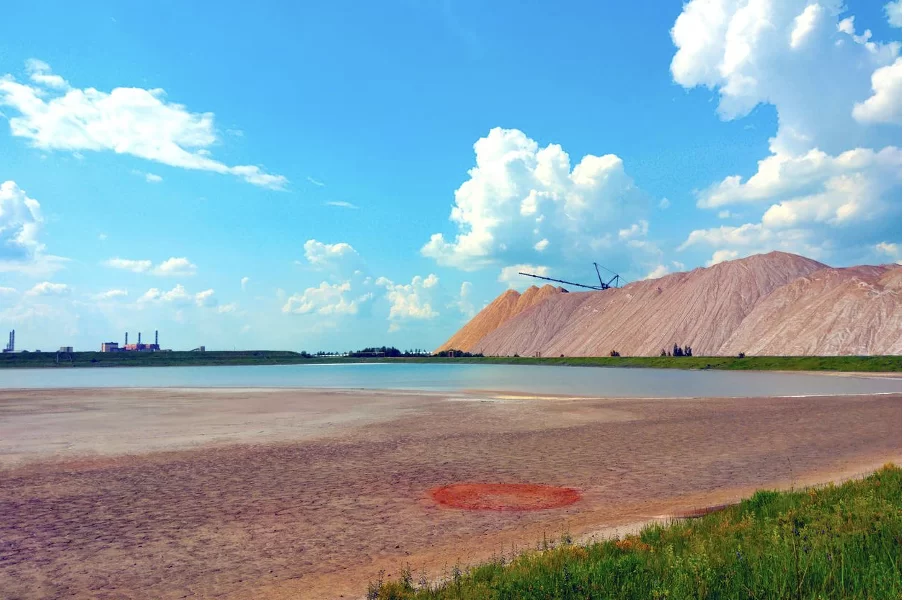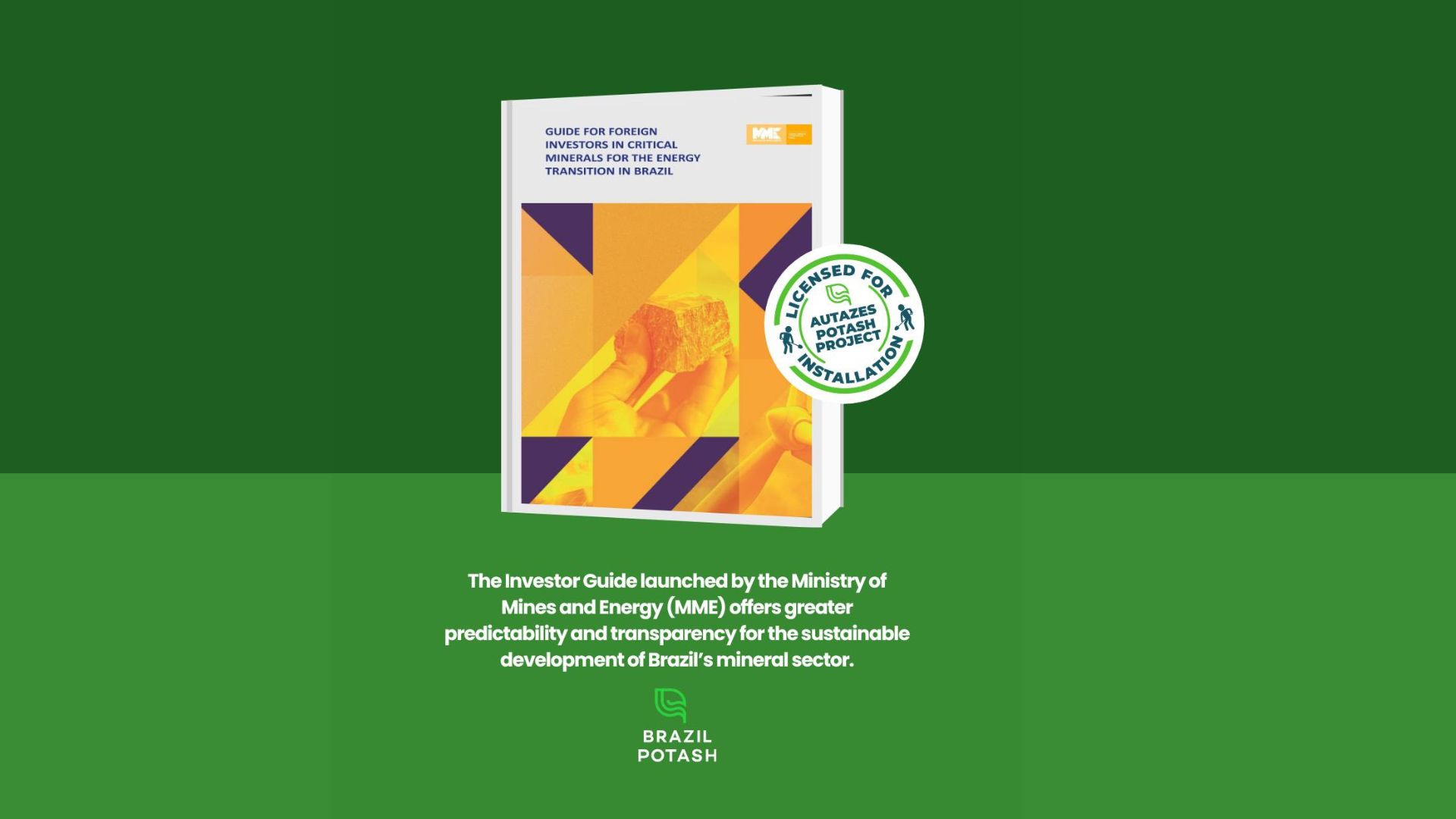The potash supply crunch is starting to cause some major problems. Belarus, which is responsible for a large portion of the world’s potash exports, has been unable to ship any potash through its trade-isolated Russia. This is creating a serious supply deficit that is likely to cause severe shortages in the near future.
Countries that consume potash such as Brazil, China, and India are already feeling the effects of the shortage. Potash prices have been rising steadily, and prices are expected to level off sometime in 2023. The potash supply crunch is starting to cause some major problems for farmers around the world who rely on potash to grow their crops.
New projects are necessary to fill those gaps, and help countries like Brazil reduce their dependence on imports. Because Brazil has limited potash production and high demand, it is currently a net importer of the product. If Brazilian demand continues to grow as expected, this project could make a significant impact on domestic demand. As the world’s largest net exporter of agricultural products and food, Brazil relies heavily on imported potash to meet those numbers. However, that could be changed if there was more domestic production of potash, which would in turn lower agricultural input costs significantly.
The Autazes Potash Project is a sustainability engineering investment that produces Potassium Chloride, an important fertilizer for Brazilian agribusiness, in the municipality of Autazes. As a result of this project, Brazil Potash will reduce its dependency on imports from countries such as Canada, Russia, Belarus, Germany and Israel. Currently, Brazil is the world’s second-largest consumer of potassium but only produces less than 5% of what it needs domestically.
At the beginning of 2022, analysts thought that Belarus would be able to ship some potash through Russia. However, Russia’s ports have become increasingly difficult to access thanks to economic sanctions, and Belarusian potash is not arriving on the market at all.
Underground operations and other mines in Belarus have stopped production altogether for the time being, slowing the time to deliver to market and creating more problems for coming quarters. The time it takes to bring a new potash project online is considerable, so the market may not see any relief until 2024.
This severe potash supply crunch has been described as a “perfect storm” by some analysts. While prices have spiked this year, they may stabilize further as demand is also slowing. Demand in Southeast Asia continues to slow, while demand in China is tapering off as the country’s economic growth slows. India, another major potash consumer, has also been hit by an economic slowdown.
Complete demand destruction is unlikely, especially for countries like Brazil that require potash for their agricultural sector. Domestic projects are a possibility, but they will not be able to meet demand in the short term. The potash supply crunch is likely to cause severe shortages in the near future with the Autazes project being a major solution to a severe problem.
President of Brazil Potash Adriano Espeschit recently presented the Autazes project to Canadian companies and representatives of the Canadian government on Monday, September 12. The president of Brazil Potash said: “The event was organized by the government of Canada, which brought Canadian companies interested in new projects here in Brazil. Then, several companies presented their projects. And Potássio do Brasil made a point of being present presenting the Autazes Potash Project.”
At the event, representatives from various organizations were in attendance, including the federal government of Canada, the Mining Suppliers and Trade Association, the Province of Québec, and the Chamber of Commerce Brazil/Canada. In addition, several Canadian companies sent their own representatives to participate.
Amazonas state is expected to become one of Brazil’s leading potash producers after the project, which is currently in the environmental licensing stage, has predicted a useful life of more than 23 years. When it reaches 2.4 million tons per year, this input will cater to roughly 20% of Brazilian demand.
Produced by: Canada News Media






